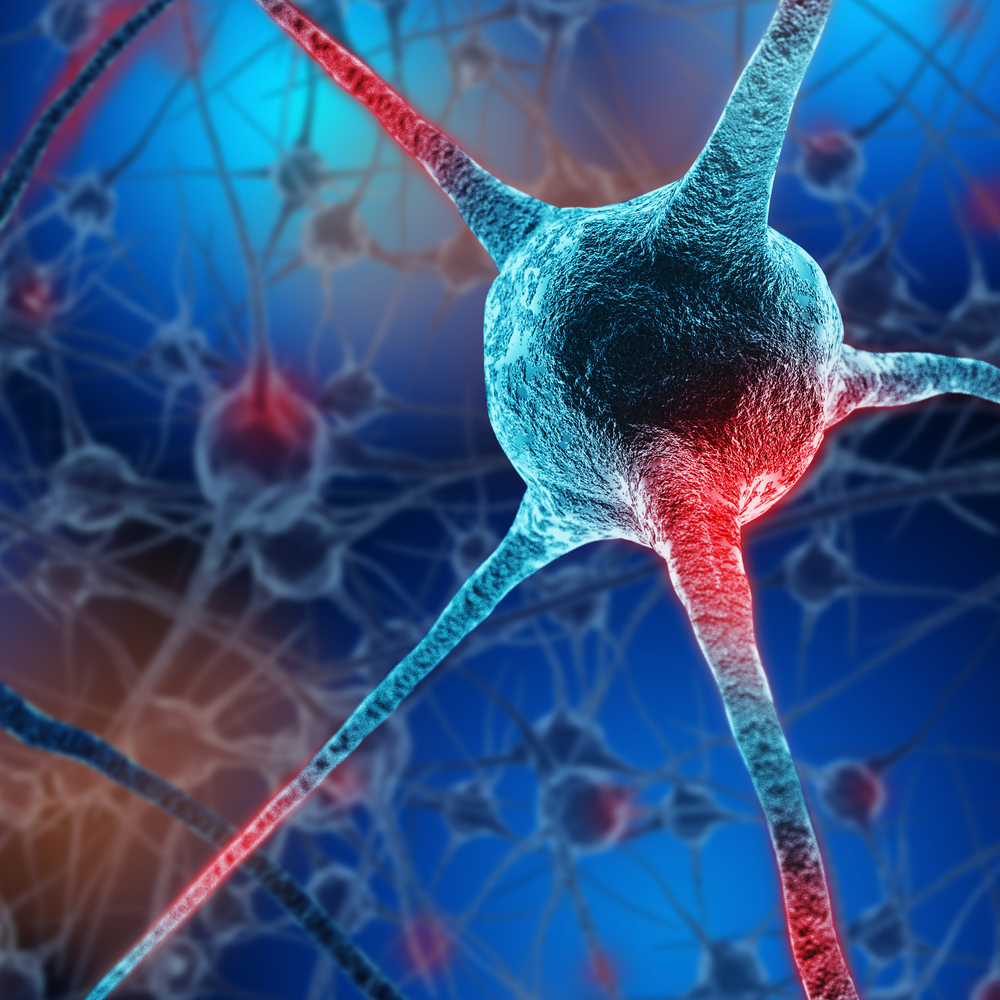Expression of Cacophony Protein Restores Motor Defects in Fruit Flies, New Study Shows

Expression of the calcium channel Cacophony in certain motor neurons restored motor defects in a fruit fly model with TDP-43 loss, a condition found in neurodegenerative diseases like amyotrophic lateral sclerosis (ALS) and frontotemporal dementia, a new study shows.
The study, “Restoration of motor defects caused by loss of Drosophila TDP-43 by expression of the voltage-gated calcium channel, Cacophony, in central neurons,” appeared in the Journal of Neuroscience.
Neurodegenerative diseases such as ALS are characterized by insoluble aggregates of proteins in motor neuron bodies, which lead to the motor deficits observed in patients. In 2006, researchers identified TDP-43 — a protein that binds RNA molecules — as one of the major proteins in these clumps. RNA-binding proteins have the ability to control expression of genes.
As expected, motor neurons of ALS patients tend to show a drop in TDP-43 levels in the nucleus, the cellular organelle where it normally resides, and it is instead found in protein aggregates in the cytoplasm. Yet TDP-43’s role in the pathogenesis of motor neuron function is unknown.
Researchers at Oregon Health & Sciences University set out to further investigate the protein using a model system of the fruit fly, Drosophila melanogaster, to study the effect of TDP-43.
The drosophila version of TDP-43 is called TBPH. Previous experiments by the same team showed that deleting the TBPH gene in drosophila significantly changes nearly 1,000 genes in the brain. One of them is Cacophony, a type II voltage-gated calcium channel.
Cacophony plays a role in calcium influx into the neurons, which is needed to transmit signals from the motor neurons to muscles, in order to generate movement. Restoring Cacophony levels in the TBPH knockout drosophila was enough to restore defects in locomotion.
In the current study, researchers wanted to extend their observation in this TBPH-depleted model. In particular, they looked at the contribution of the neuromuscular junction — where neurons pass on signs to muscle cells — and the motor program to the locomotion defects that were observed in the TBPH-deficient flies. They also looked at the subsets of neurons that actually needed Cacophony in order to rescue the locomotion defect.
Results showed that both the intensity and frequency of signal transmission through the neurons requires TBPH. However, restoring Cacophony expression in these TBPH mutants only rescued the signal’s frequency, but not its intensity.
Furthermore, researchers demonstrated that TBPH mutants experience decreased motor neuron signaling and coordination during crawling, which is one way to measure locomotion defects.
But restoring Cacophony in two subsets of motor neurons in the brain known as AVM001b/2b neurons restored locomotion. Overexpressing Cacophony in these specific neurons corrected locomotion and motor defects, but not the defects that were present in the physiology of the neuromuscular junction.
“If these effects are mirrored in human TDP-43 proteinopathies, our observations could open new avenues to investigate alternative therapeutic targets for these neurodegenerative diseases,” the study concluded.






